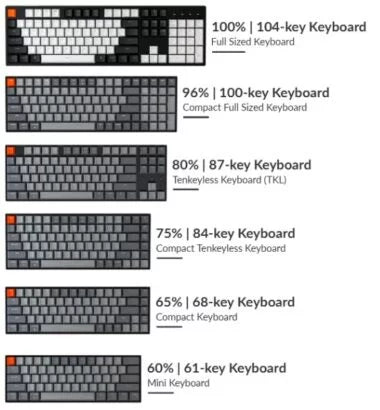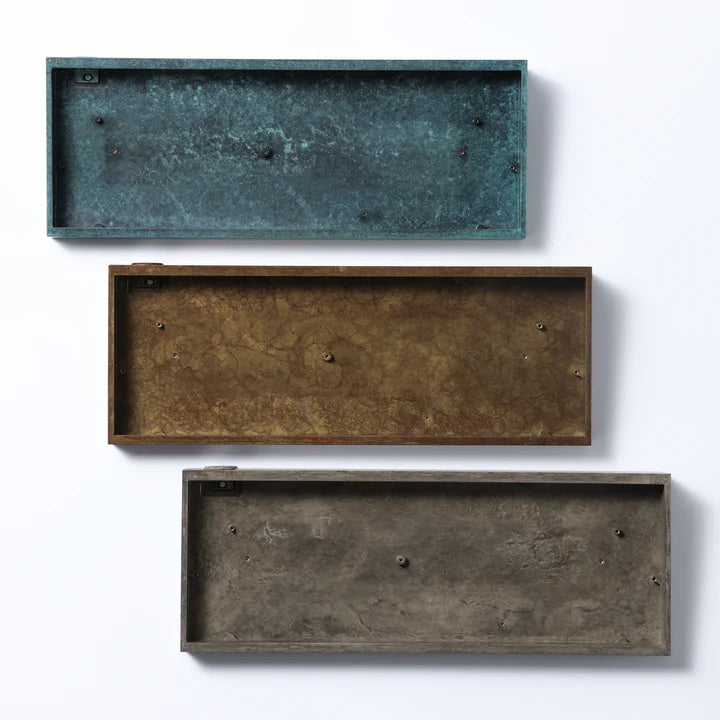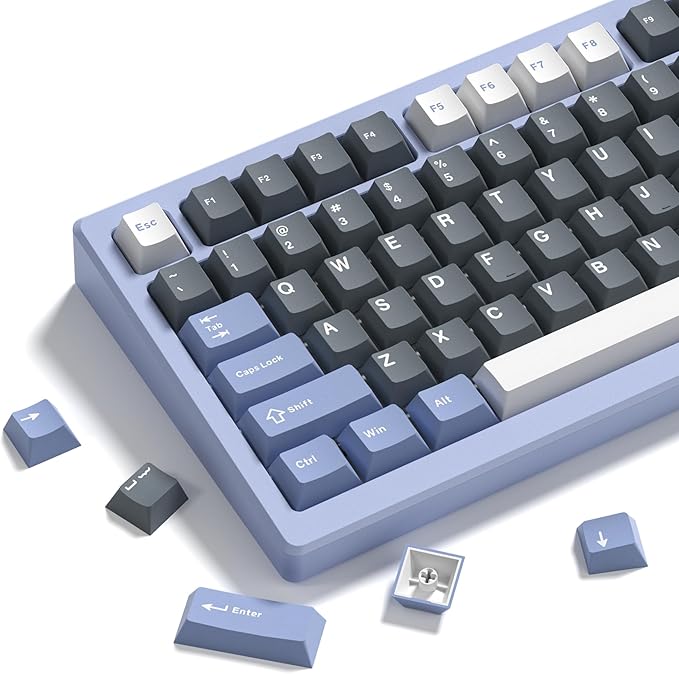About us

Keyboard Sizes
Keyboard Sizes and Their Importance
Keyboard size determines the layout and key count, influencing typing comfort and functionality. 60% is a compact layout with only essential keys, ideal for portability. 75% adds the function row and arrow keys while remaining compact. TKL (Tenkeyless) removes the number pad for a more compact design while retaining the main keys, perfect for those who need desk space but still want a full key set. 100% is the full-size layout, including all keys, making it ideal for those needing a complete set for productivity. Your choice depends on desk space and typing needs.

Keyboard cases
What is a Keyboard Case and Why Does It Matter? A keyboard case is the outer shell that holds essential components like the PCB, switches, and stabilizers, providing both protection and structural support. More than just a frame, the case significantly influences the typing feel, sound, and overall durability of a keyboard. The choice of material—whether plastic, aluminum, or polycarbonate—affects factors like weight, flexibility, and acoustics, shaping the user’s experience. Beyond functionality, a well-designed case enhances stability and ergonomics, ensuring a comfortable typing position. It also adds a personal touch, allowing users to customize their setup with different styles and finishes. Whether for gaming, productivity, or aesthetics, selecting the right keyboard case is a crucial step in building a high-quality, personalized mechanical keyboard.

PCBs
What is a Keyboard PCB and Why Does It Matter A PCB (Printed Circuit Board) is the heart of a mechanical keyboard, connecting all components and enabling keypresses to register. It serves as the foundation for switches, stabilizers, and LEDs, determining how the keyboard functions and responds. The type of PCB you choose affects features like programmability, switch compatibility, and lighting options. There are different PCB types, including soldered and hot-swappable. Soldered PCBs offer a secure, long-term setup, while hot-swappable PCBs allow users to change switches without soldering, making customization easier. Some PCBs also support RGB lighting, wireless connectivity, and customizable layouts, adding more flexibility to the keyboard experience. Choosing the right PCB is essential for building a mechanical keyboard that meets your needs, whether for gaming, productivity, or a fully personalized setup. It determines not just how your keyboard works, but also how easily it can be modified and upgraded over time.

Switches
What Are Keyboard Switches and Why Do They Matter? Keyboard switches are the mechanism that registers keypresses, shaping the feel and sound of a mechanical keyboard. They come in three main types: Linear (smooth and quiet), Tactile (a slight bump for feedback), and Clicky (a bump with an audible click). Switch choice affects typing speed, comfort, and sound, making it a key factor in customization. Whether for gaming, work, or daily use, selecting the right switches ensures a satisfying and efficient typing experience.

Keycaps
What Are Keycaps and Why Do They Matter? Keycaps are the removable covers on keyboard switches that display letters, numbers, and symbols. They play a crucial role in both the aesthetics and feel of a keyboard, affecting comfort, durability, and sound. Keycaps come in different materials, with ABS being lightweight and smooth but prone to wear, while PBT is more durable with a textured feel. They also vary in profiles, such as OEM, Cherry, and SA, which impact typing comfort and key height. Beyond function, keycaps allow for customization with unique colors, legends, and designs. Choosing the right keycaps enhances both the look and feel of a keyboard, making it more personal and enjoyable to use.

Stabilizers
What Are Keyboard Stabilizers and Why Do They Matter? Stabilizers (or "stabs") are essential components in mechanical keyboards that keep larger keys—such as the spacebar, shift, enter, and backspace—balanced and smooth when pressed. Without stabilizers, these keys would wobble, feel inconsistent, or even get stuck. There are different types of stabilizers, including plate-mounted, PCB-mounted, and screw-in stabilizers, each affecting how securely they fit and how they impact key feel. Properly lubed and tuned stabilizers help reduce rattle and create a smoother, quieter typing experience. High-quality stabilizers can significantly improve keyboard performance, making keystrokes feel more stable and refined. Whether you're gaming or typing, well-installed stabilizers ensure a comfortable and reliable experience.

Lubing Switches
Lubing Switches: Handcrafted for Precision. Lubing switches is an essential process in custom mechanical keyboards to reduce friction, enhance smoothness, and improve sound quality. This process involves carefully applying lubricant to each switch's moving parts by hand, ensuring precision and consistency. The manual application helps achieve a smoother keystroke, reduces scratchiness, and minimizes unwanted noise, resulting in a more refined typing experience. Hand lubing each switch allows for customization, as different lubricants can be used to suit personal preferences, ensuring your keyboard performs at its best.